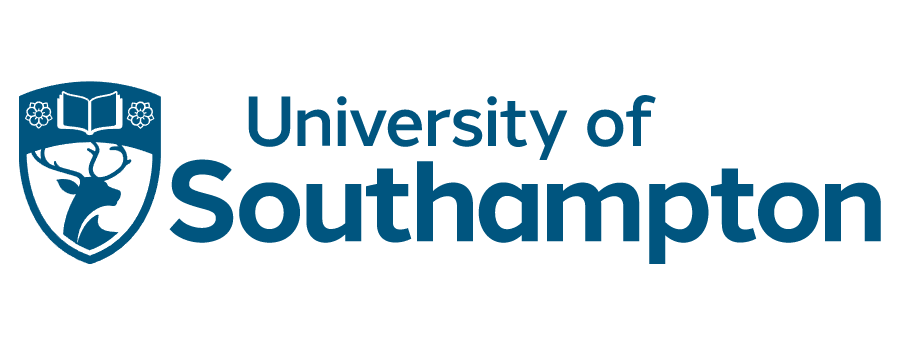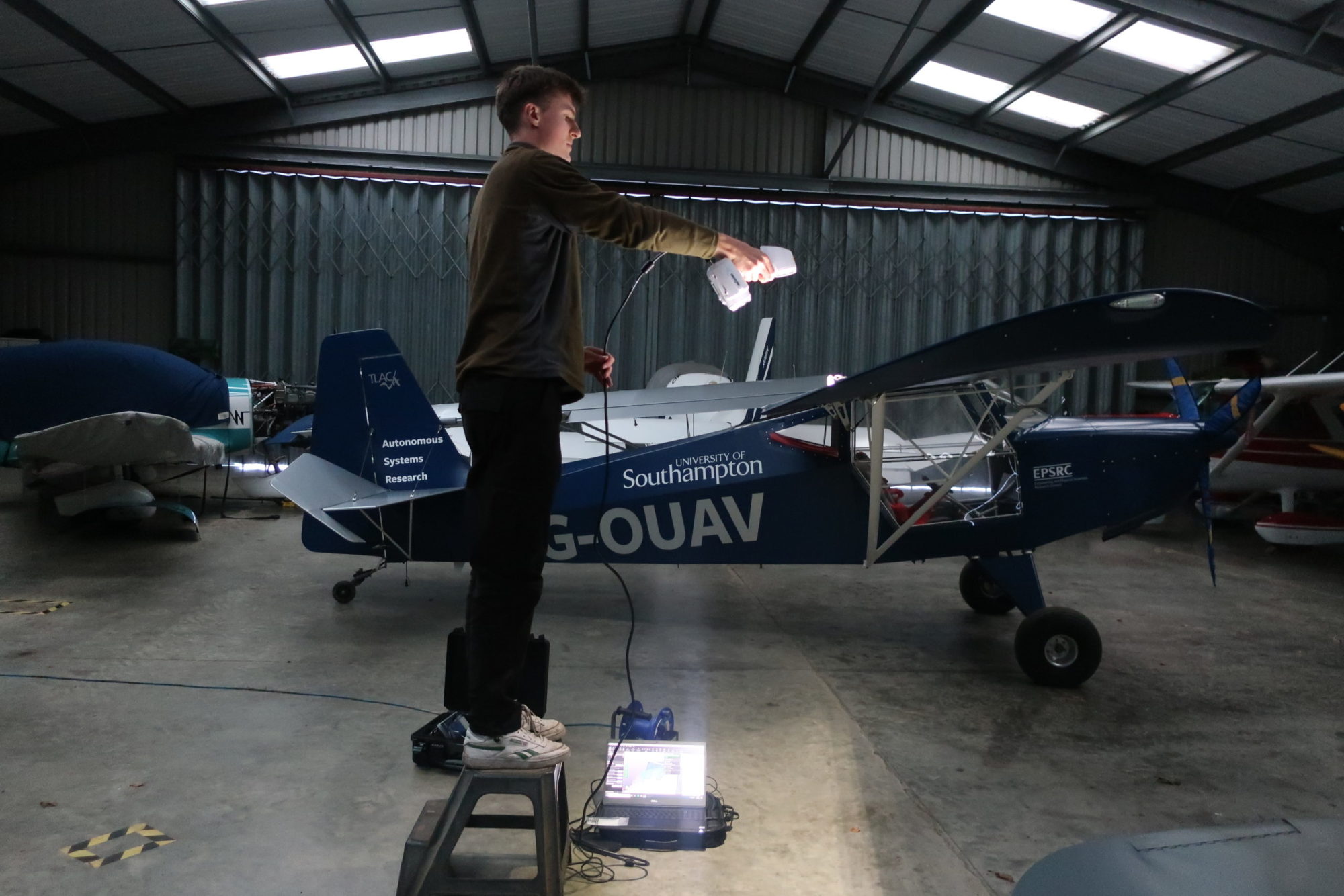G-OUAV is now involved in research being conducted for an Individual Project as part of the part 3 program for Aeronautics and Astronautics.
The research aims to look into the effect of vortex generators should they be installed on G-OUAV. Vortex generators have become more and more common on home-build aircraft all across the world with after-market kits being readily available. Their effect on light aircraft however is not widely published.
Two scale models will be manufactured for use in two of the University’s wind tunnels to find optimum heights and locations of vortex generators for an airfoil such as G-OUAV’s. If they are found to have a noticable positive effect, it is the project’s goal to install them on G-OUAV. Their real-life effect will be quantified by flight tests before and after installation.
As part of the project the University’s 3D scanner was used to generate a 3D model of the wing. The scanner works by projecting a QR code onto the surface and measuring the extent to which it is distorted by the surface’s geometry. It was the largest object scanned using the device and was made possible by several experienced postgraduates giving up their time to supervise the operation in the hangar where G-OUAV is based.










